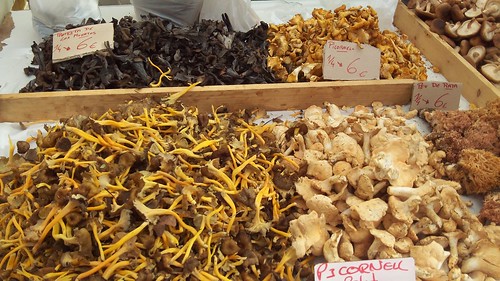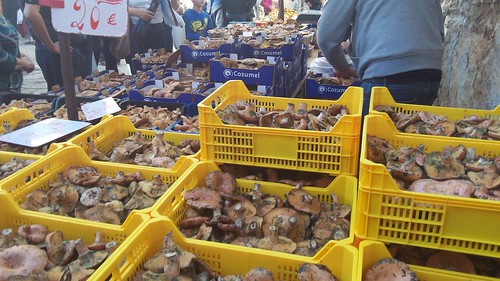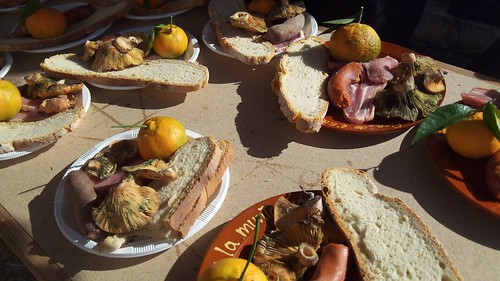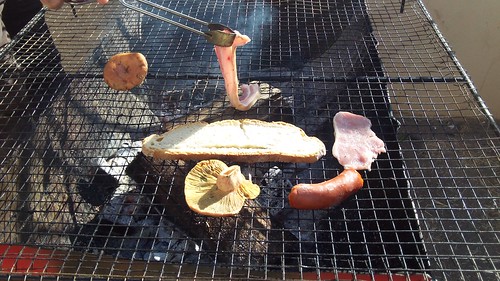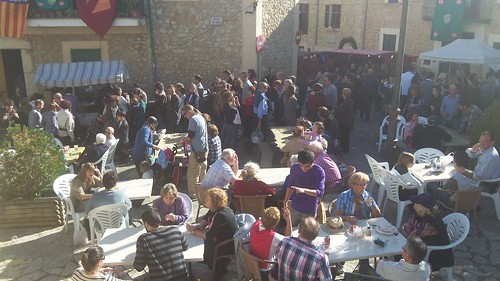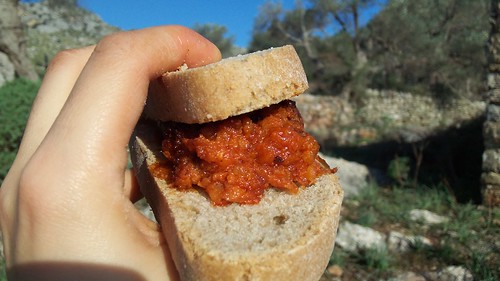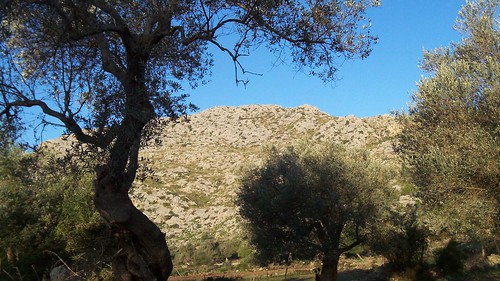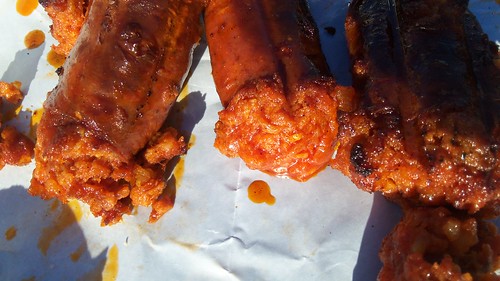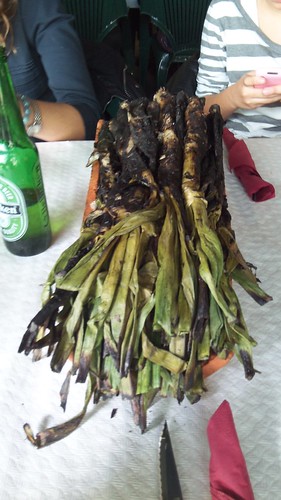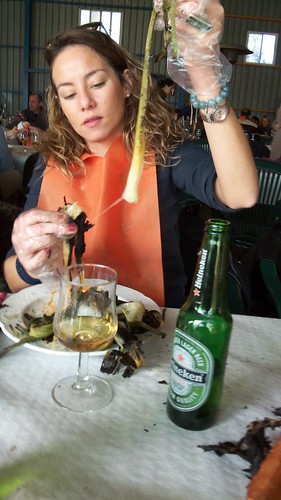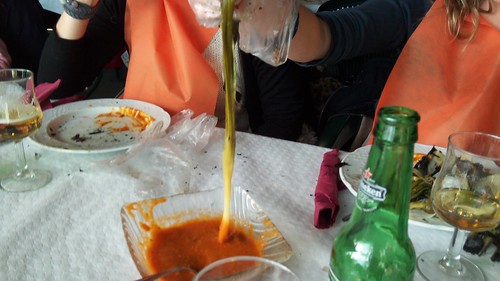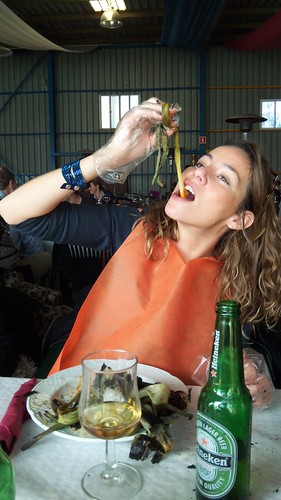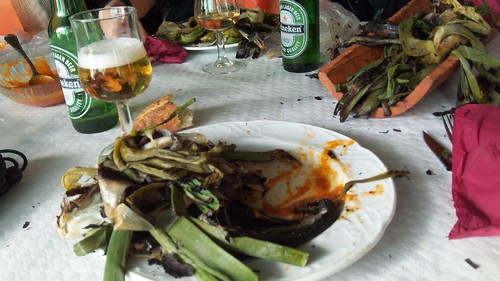Yesterday I was driving in the car with Jaime, when he
spotted an asparagus growing on the verge. We were travelling at 30kmph so Lord
knows how he caught that, but I started quietly cooking up plans to go on my
own wild asparagus hunt. This morning, as the sky broke and the sun shone
through, I thought, I’ll just take a walk. My mind flickered to the asparagus,
whether I should take a bag with me for my findings, but like not wearing
matching underwear to jinx a possible romance, I left the bag in the drawer.
Two minutes from my flat and I saw a man emerge from the pine forest greedily
gripping a large bunch of wild asparagus. I cut my route to the sea short and
immediately dived into the dense green jungle from where he had appeared. I
walked along a sandy path, trying to adjust my eyes to differentiate between
the heap of green shoots, twigs and plants that lay underfoot. I walked slowly
and swayed from right to left like a metal detector. No asparagus yet. I looked
at the footprints in the sandy path; it made me nervous, so many had passed
before me this morning. So I took my hunt off road, clambering through
brambles, my head in a cloud of midges and dodging near misses with wasps.
Crouching down, I scrambled through tumbling weeds, looking like someone on a
deranged hunt for a lost contact lens. I found some dandelions, wild rocket and
lots of snail shells, but no flipping asparagus. I only want one, I bargained
with the universe, at the same time trying to imagine where I would grow if I
were an asparagus. Desperate. Then like with the lottery, I started to think
about what I would do with it, boil it with butter, grill it, or make a
tortilla de asparagus. Also like the lottery I realised that one wouldn’t do
and to be really happy I would need at least five. Then I started to think, I
don’t even need them anyway, look here I am in Spain taking a nice walk in the
sun, doesn’t the forest smell nice, all the while my eyes fixed on the floor searching like mad,
who was I kidding. As I walked my way out of the forest empty handed and my
socks full of scratchy grass seed, I met Sofia in the street. I told her about
my failed morning and she laughed, you have to keep practising or find a Granddad.
I am also very bad at mushroom picking. On a mushroom hunt in
Mallorca last autumn I collected a grand total of none. So for this I am thankful
that Spain celebrates its produce by having festivals where you get to buy them
and eat them without disappointment. Here are some pictures from the beautiful
stone village of Mancor de Vall in Mallorca where they were celebrating the
arrival of setas (wild mushrooms) in particular el robellόn. The meaty orange
mushroom pictured, is also found in pine forests and is best when cooked on a
grill over the fire. At this festival you could by a plate with various cuts of
pork and robellόns, barbecue them yourself over an already flaming brassier and
then eat them sitting on a straw bale. The mushroom is slightly bitter, has an
aroma of the forest and meatiness to it. A thoroughly rustic and enjoyable experience
with guaranteed satisfaction.
My parting thoughts are I am so pleased there is still
exciting wild food to be found in Spain but can somebody please show me where
it is.

